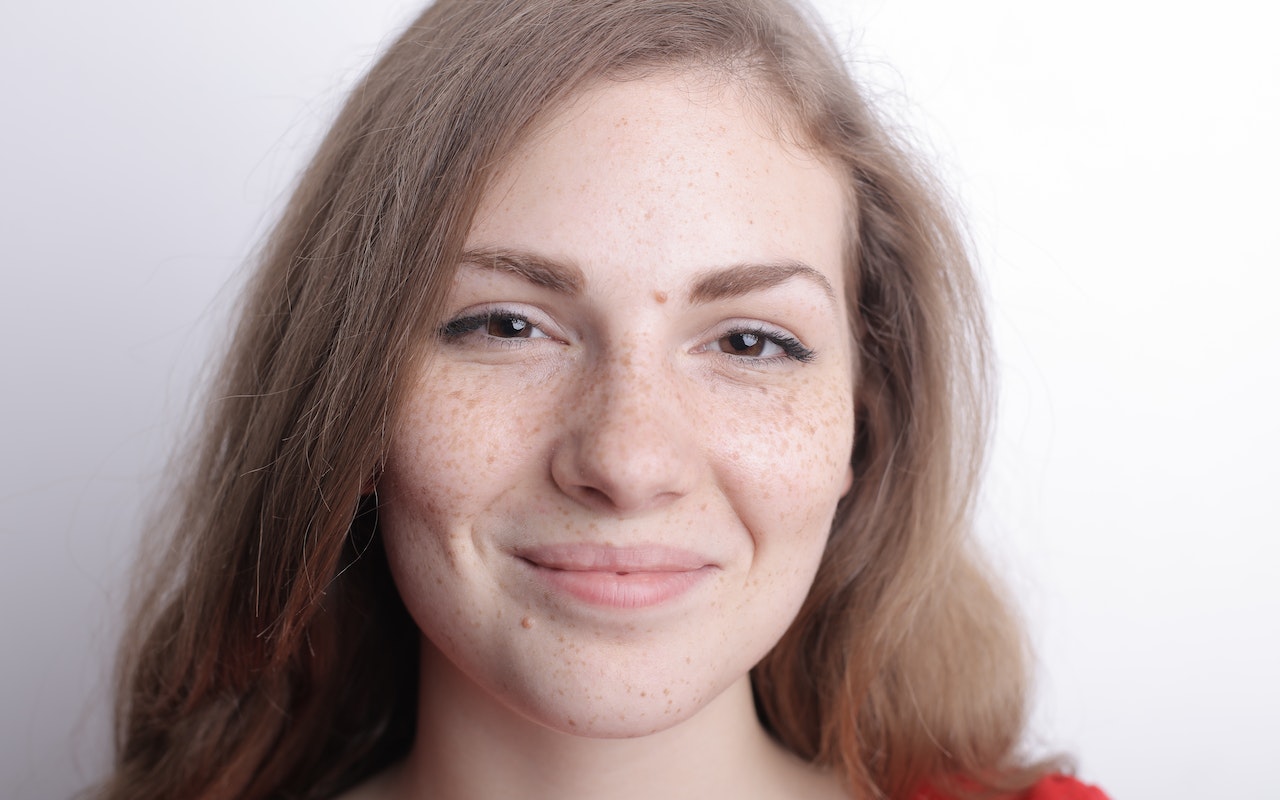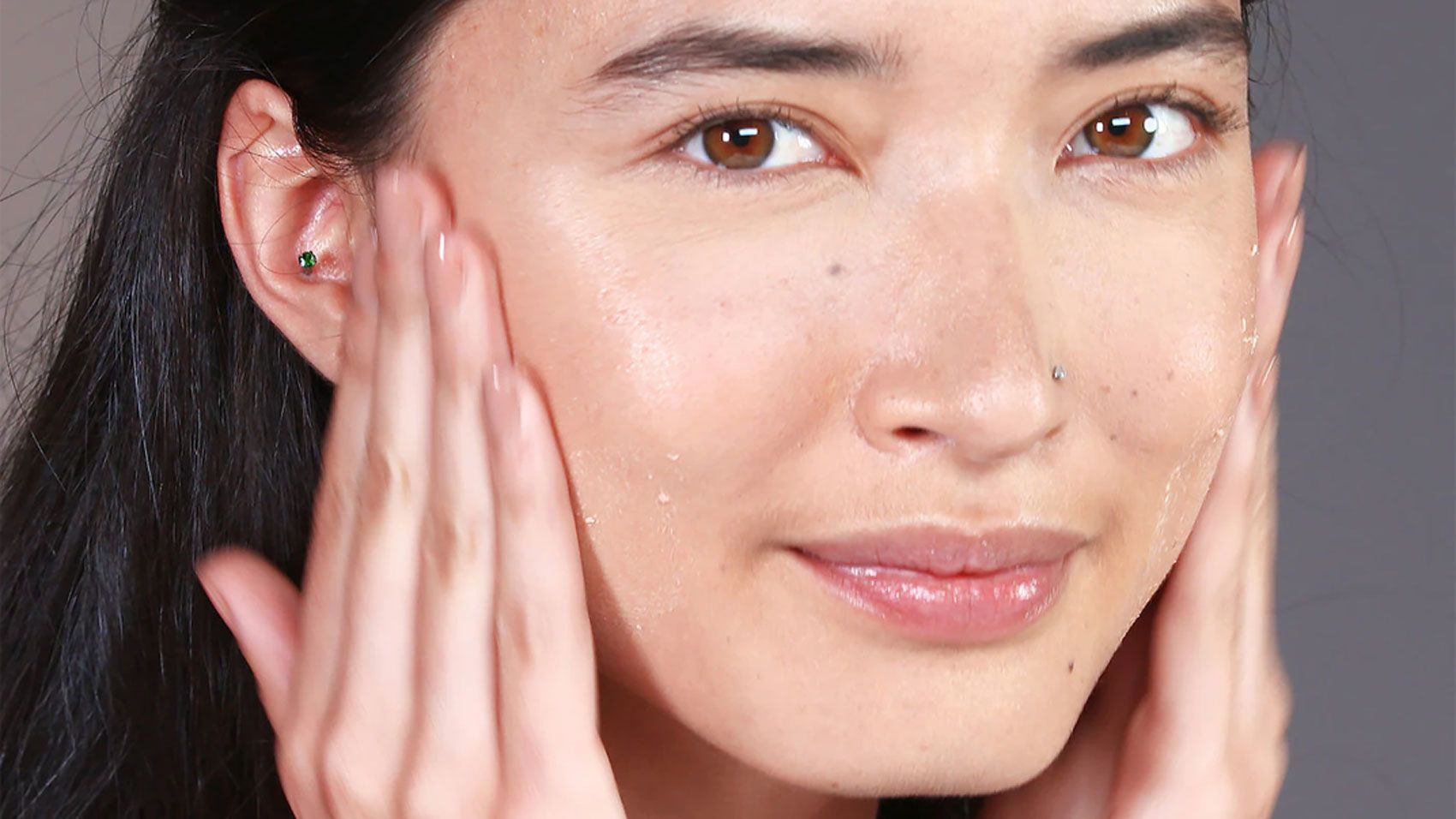Medically Reviewed by Dr. Lisa Hartford, MD
Many factors, such as age, race, gender, lifestyle habits, and sun exposure, have impacted skin quality over the years. Fine lines, wrinkles, sun spots, and pronounced texture are a few of the signs that appear on the skin due to these factors.
Many people use various methods to revive their skin to combat these signs. These may include creams, lotions, and facials. Some people go as far as getting a surgical facelift to look youthful.
However, several methods may not be that effective or have certain risks. Hence, exploring the right treatments may be a hassle if you don't know how it influences the skin at a cellular level.
For example, using a cream or serum only works at the surface, which is insufficient for skin rejuvenation. On the other hand, getting microcurrent or radiofrequency therapy works at cellular and molecular levels. This may help in making the skin look younger and more radiant.
Keep reading as we discuss what happens with consistent microcurrent facials and how to benefit from them.
Epigenetic Modifications and Gene Regulation
In simple words, epigenetic modifications are responsible for skin regeneration and homeostasis. This plays a massive role in the rejuvenation of the skin from within. Epigenetic modifications comprise DNA methylation, histone modification, and the action of microRNAs.
All these constituents take part in complex networks to control gene expression. As a result, they regulate the physiological processes in the skin and immune system.
How do Gene Expression and Regulation Affect Skin?
If you're wondering how gene expression is linked to skin aging, it's all in our environment. Humans contain DNA that the environment may influence, leading to various DNA changes that age the cells more than usual. This process is considered natural and called epigenetics.
Your genetics play a significant role in skin aging; however, we cannot ignore the impact of exposomes–the external factors. These external epigenetic factors include your current nutrition, unprotected sun exposure, inactive lifestyles, pollution, drinking, and smoking.
All these factors influence the DNA and lead to modification during exposure. Our DNA always carries these codes, which these factors can easily manipulate. Therefore, avoiding the external factors' effects is crucial to protect your skin and prevent excessive aging.
In a study, two twins with the same DNA and natural age of 61 were observed. They both had different levels of sun exposure. Evidently, Twin B experienced about 10 hours per week of greater sun exposure than Twin A.

Twin A's body mass index was 2.7 points higher than Twin B's. In addition, their new calculated age difference was 11.25 years. This proves how sun damage can age you by affecting your DNA with harmful UV rays. Also, a reminder for next time when you decide to skip sunscreen even on a cloudy day, as the clouds do not block harmful UV rays.
What's the Need for Skin Rejuvenation?
Our skin cells are constantly regenerating and repairing themselves. This renewal process and collagen production decline as a part of the natural aging process and external factors.
Fibroblast formation and collagen protein in the skin slow down as we age. With this decline, fine lines, wrinkles, age spots, and saggy skin may start to become visible.
The epigenetic pathways come into play to understand skin cell regulation during physiologic and premature aging in an individual. Moreover, with the loss of structure of the skin, dry patches, and pigmentation, skin rejuvenation becomes important for improved appearance.
Various skin rejuvenation methods aim to boost collagen formation, diminish wrinkles, and tighten loose skin. Newly formed collagen in the skin will trigger quick healing while also preventing the formation of new wrinkles. Overall, it's part of looking and feeling your best, regardless of age.
Microcurrent Therapy for Skin Rejuvenation Via Gene Regulation
We're aware of the link between skin health and gene expression. This information can be helpful to customize skin treatment for an individual. Custom solutions ensure more effectiveness as everyone's genetic markup and external factors are different. Microcurrent therapy is one such solution to renew skin collagen and youthfulness.

With research on epigenetics, a range of solutions and treatments may be available for skin cell longevity. It may help in diagnosis, treatment preparation, cell stimulation, and regeneration process activation. Looking at the current aging signs, we may be able to combine one or more treatments for anti-aging.
Microcurrent for skin regeneration
Skin regeneration and wound healing are similar processes starting when a cell is impacted. The body's natural bioelectric mechanisms lead to electrical stimulation. The exact mechanisms can be triggered using a low-level electric current.
When subjected to microcurrents, cells result in extracellular signal-regulated kinases(ERK) proliferation and migration to the wound site. In addition, fibroblast and osteoblast-like cells are also present. Simply put, applying microcurrent leads to gene activation that signals TGF-β1 and MAPK signaling pathways for regeneration.
The signal transductions and the activation of specific genes quicken the healing process. In a study, five different amounts of microcurrents were used on NIH3T3 and MG-63 cell lines. The study proved the presence of ERK 1/2 and p38 phosphorylation upon stimulation.
Similar to previous observations, fibroblasts and osteoblast-like cells played a considerable role in wound healing due to extracellular stimuli. With microcurrent therapy, the cells could regulate migration and regeneration at a rapid pace.
Also, there is data from studies on chronic ulcers in favor of microcurrent therapy. About 90-95% wound closure was observed after microcurrent treatment.
Using At-Home Microcurrent Device
Several devices in the market offer microcurrent devices. One primary thing to consider before investing in these devices is their certification. EvenSkyn® Phoenix face lifting microcurrent bar is a premium device that delivers what it claims. Besides, it has certifications from Health Canada, ISO 13485, ISO 9001, and BSCI so you may use it without any worries about side effects.

The wand emits a small 15uA current, making it gentle yet effective for everyday use. It has alloy rollers at one end at 115 degrees for deep kneading massage on the face and neck. The rest of the body is made from a sturdy metal alloy and an ergonomic handle.
Besides, it has a premium charging feature under light or solar rays. The self-rechargeable feature will eliminate the hassle of using wires and batteries to power it. You just have to clean your face and neck to ensure it's free from makeup and skincare products.
Use it in a well-lit room on your face and neck for 15-20 minutes per area. Glide the alloy rollers across the skin and let it soak in the massage. With consistent use, your skin will have improved blood flow and firmness. Moreover, the microcurrent will tone and lift your skin with collagen promotion.
Wrapping Up
Learning how our skin functions at a cellular level is a fascinating experience. With the knowledge of biomechanics and emerging skin treatments, we can improve the appearance of aging skin.
Massaging your face with a microcurrent tool and other skin regimes may help you retain your youthful glow. Besides, it may help diminish fine lines and signs of skin dehydration. Another critical factor in maintaining your skin is consistency.
You may find consistency with these treatments will offer more benefits as cellular changes take time. Overall, microcurrent facials are a non-invasive solution to retain younger-looking skin.
References:
- Qi Yi Ambrose Wong & Fook Tim Chew. "Defining skin aging and its risk factors: a systematic review and meta-analysis." November 2021.
- Jordan P Farkas. "The Science and Theory behind Facial Aging." Apr 2013.
- Tayla Holman. "Can You Get a Sunburn on a Cloudy Day? And Other Less-Obvious Sun Safety Scenarios." August 10, 2016.
- Evangelia Konstantinou, Zoi Zagoriti. "Microcurrent Stimulation Triggers MAPK Signaling and TGF-β1 Release in Fibroblast and Osteoblast-Like Cell Lines". July 2020
- Bogi Andersen, and Sarah Millar. "Skin Epigenetics" July 2021
- Diane E. Handy, Rita Castro, and Joseph Loscalzo. Epigenetic Modifications: Basic Mechanisms and Role in Cardiovascular DiseaseMay 2012
- Andrea Vierkötter and Jean Krutmann. "Environmental influences on skin aging and ethnic-specific manifestations." July 2012
- James Varani, Michael K. Dame, Laure Rittie. "Decreased Collagen Production in Chronologically Aged Skin" 2006
- Per-Henrik D. Edqvist, Linn Fagerberg. "Expression of Human Skin-Specific Genes Defined by Transcriptomics and Antibody-Based Profiling" November 2014









Leave a comment
All comments are moderated before being published.
This site is protected by hCaptcha and the hCaptcha Privacy Policy and Terms of Service apply.